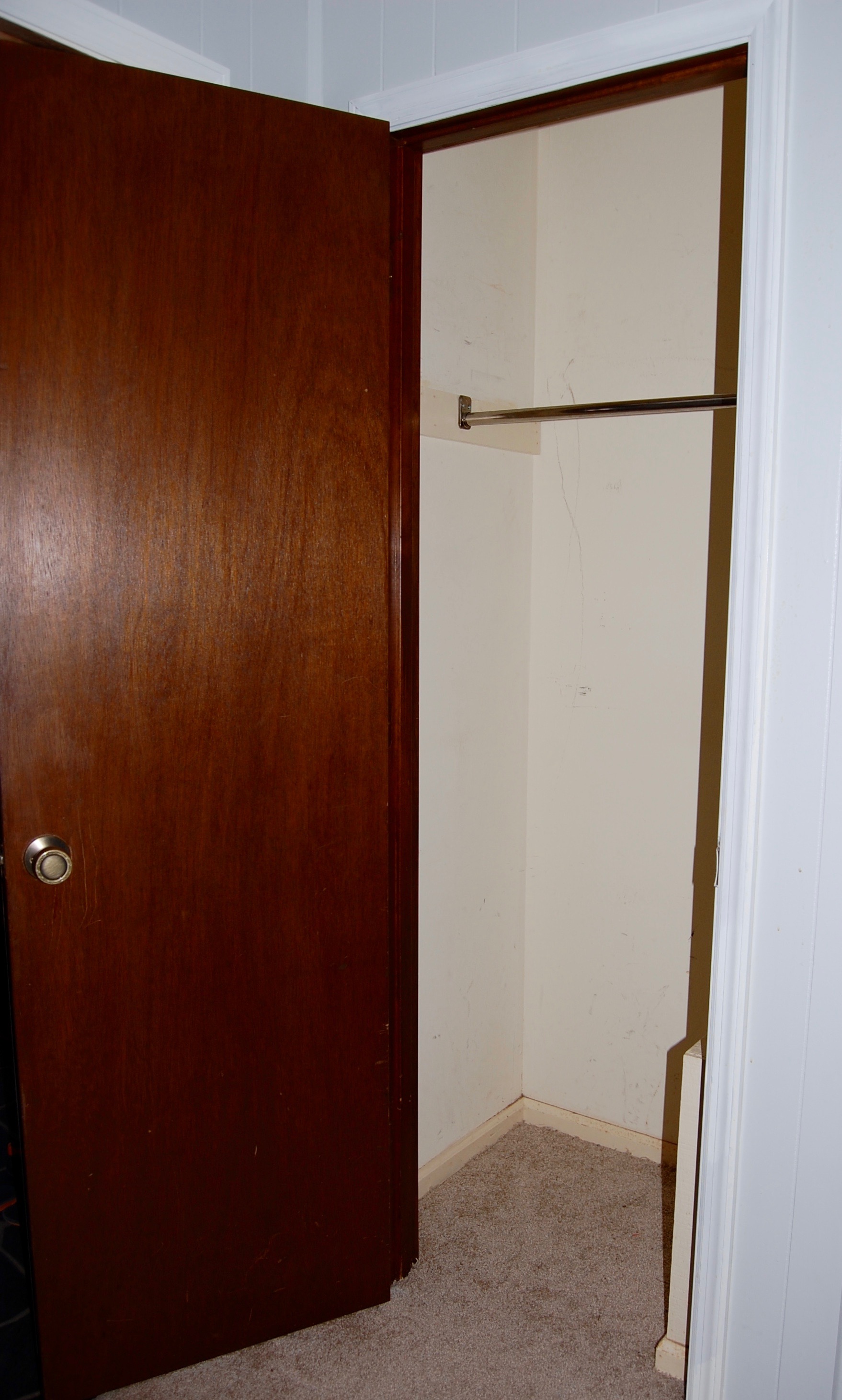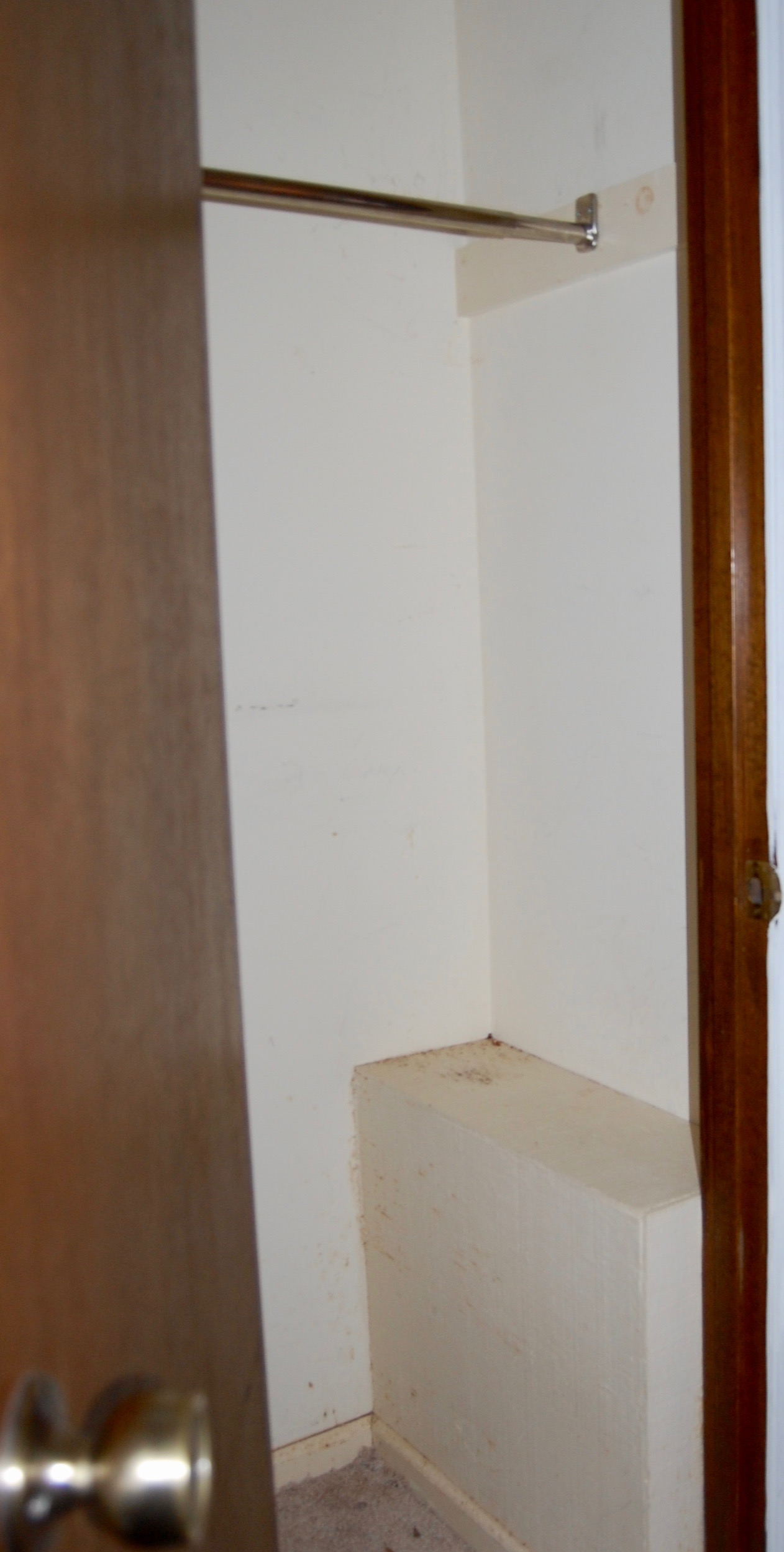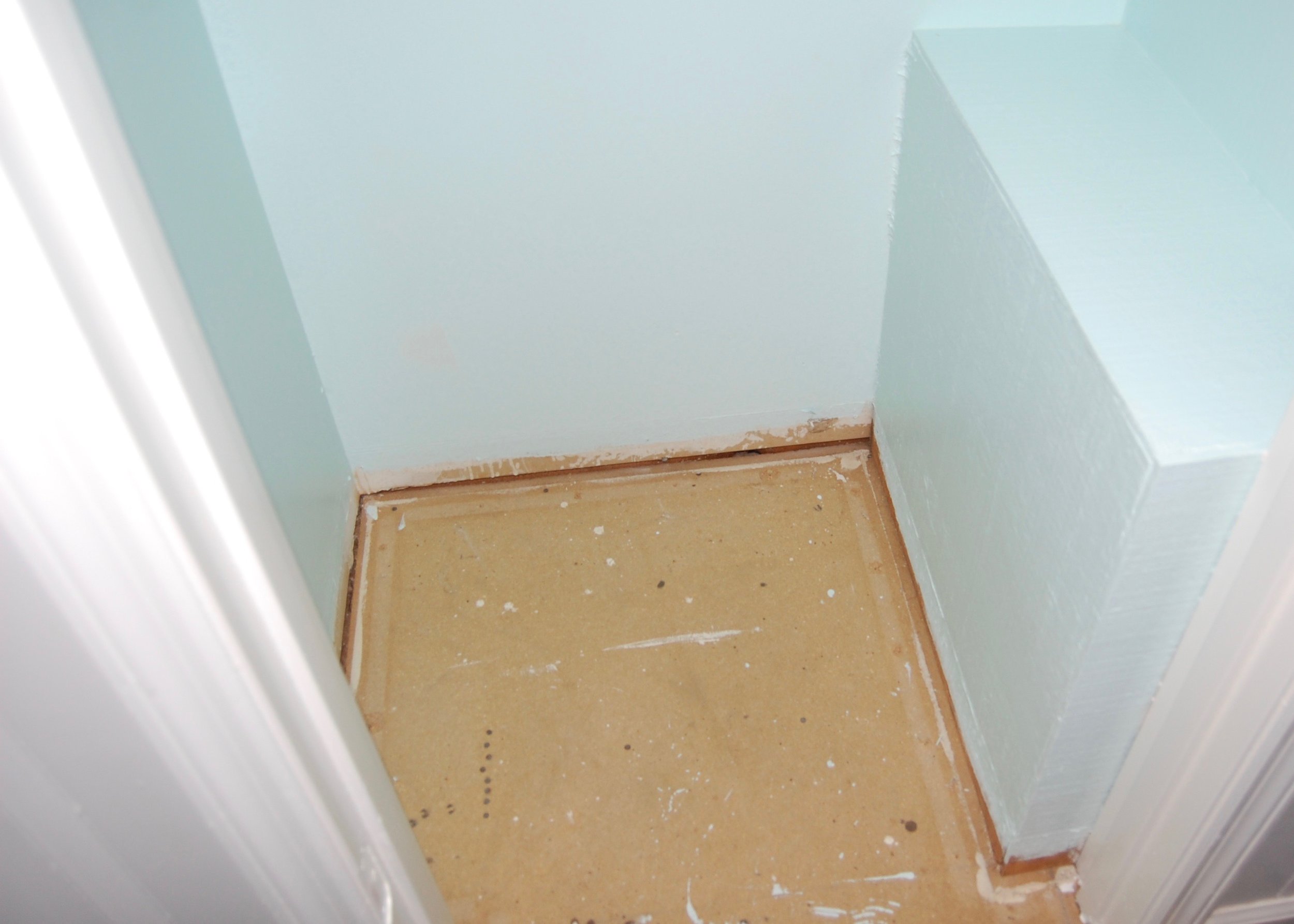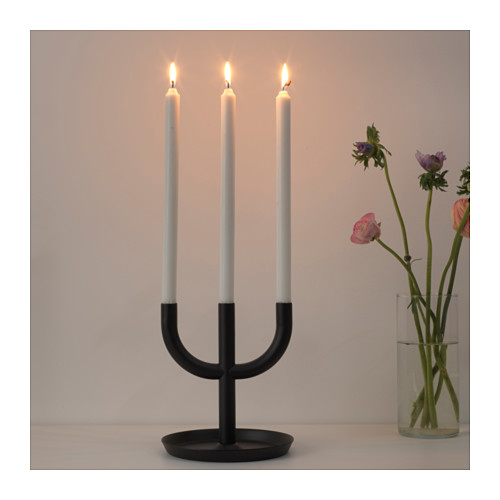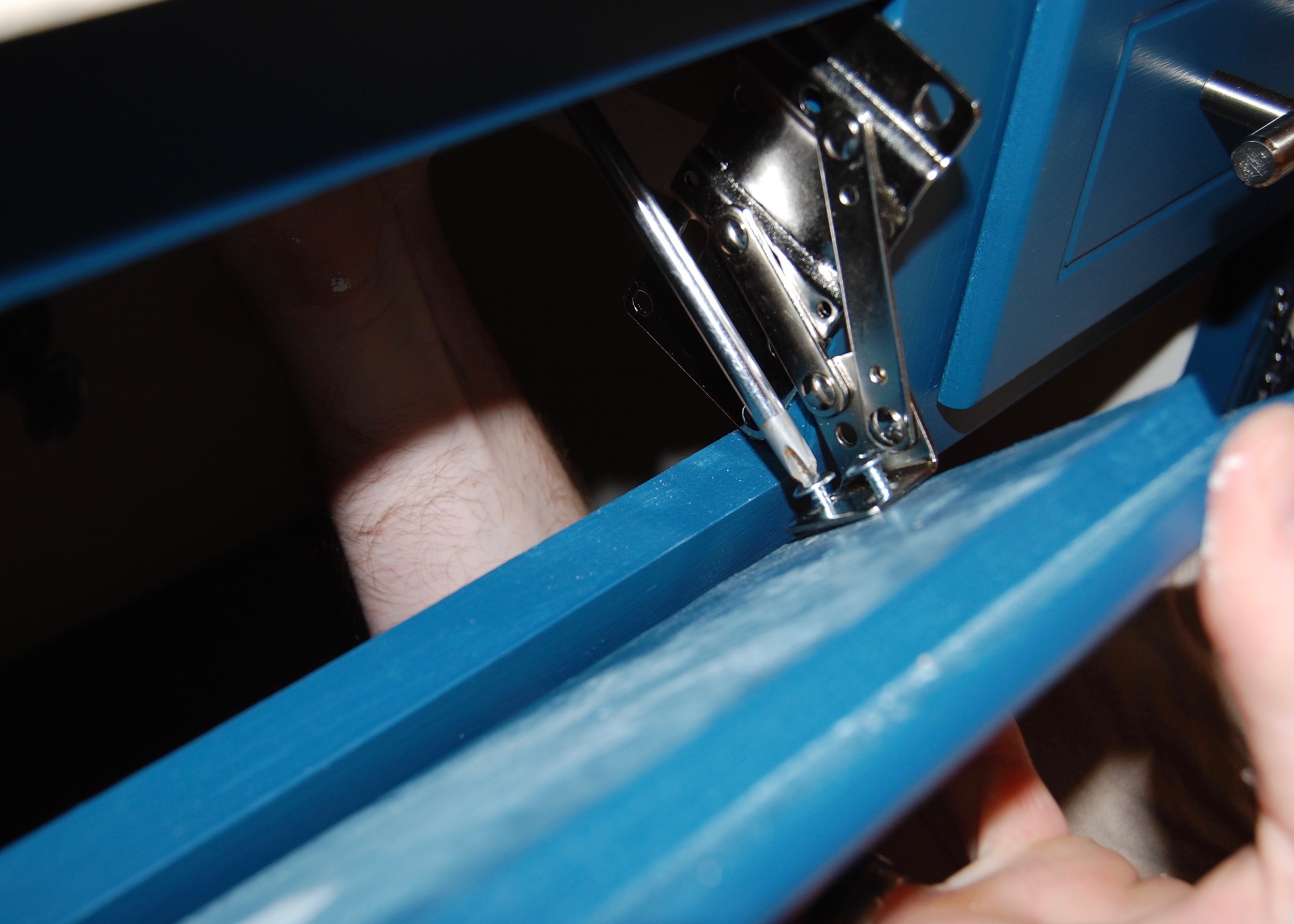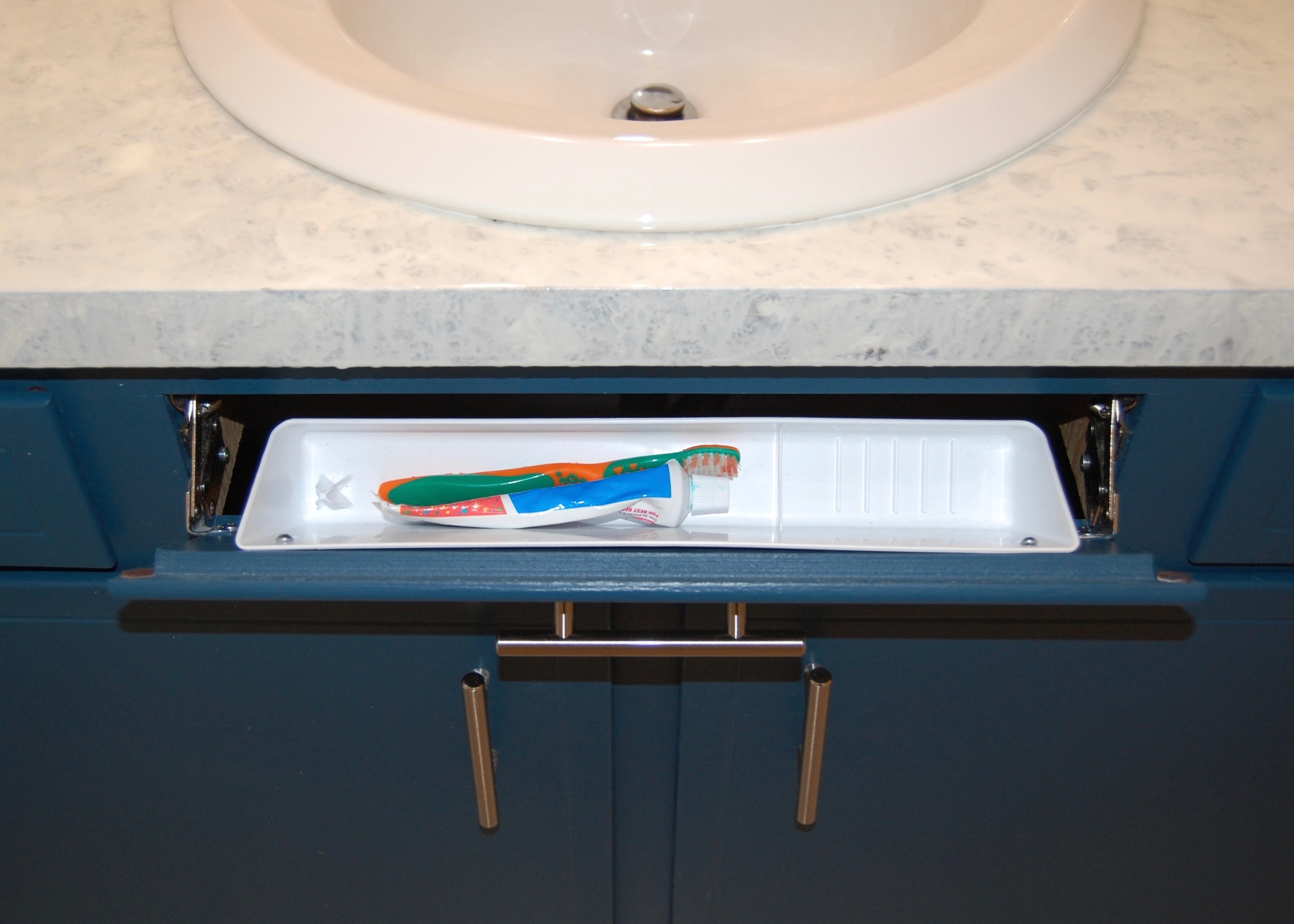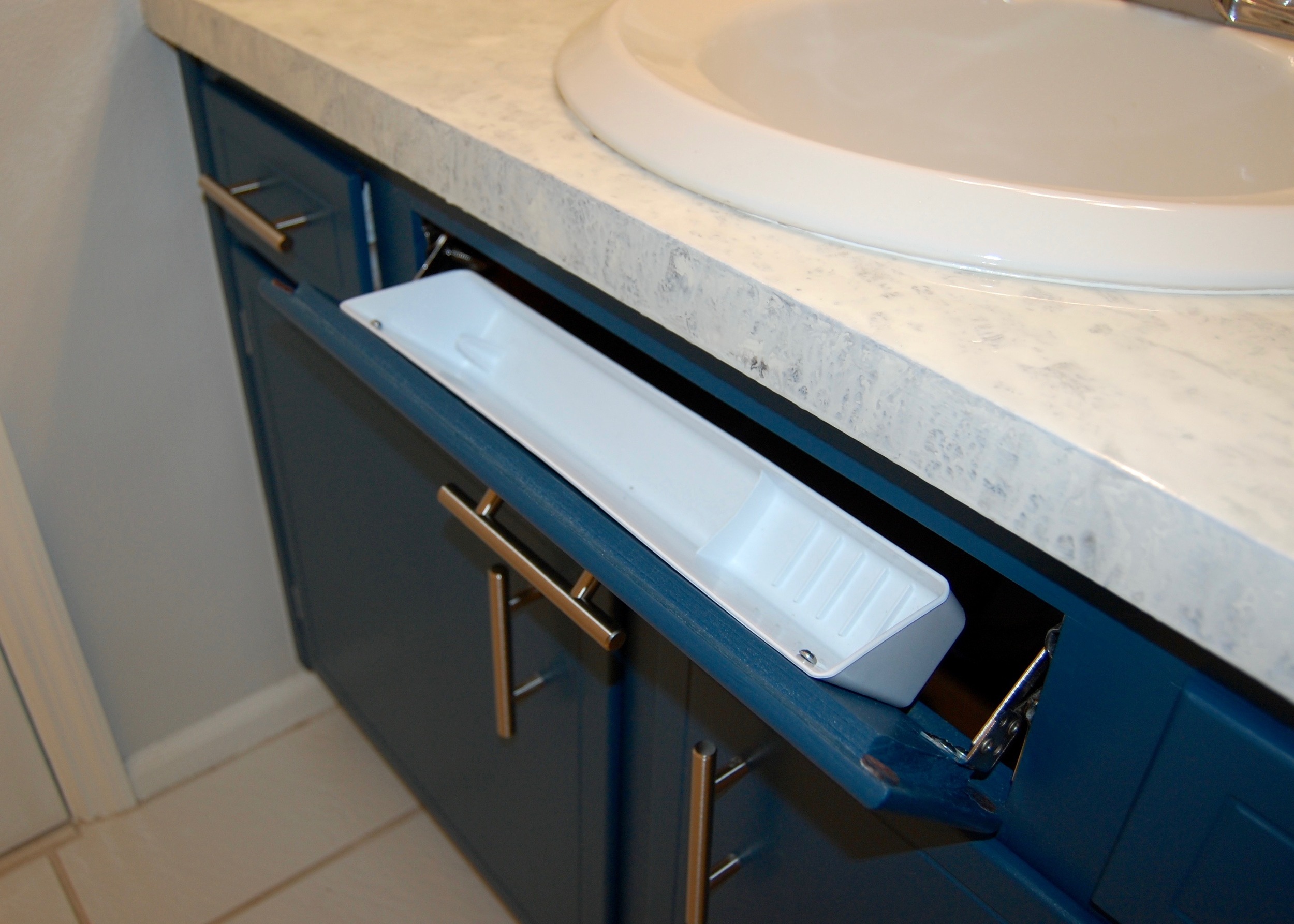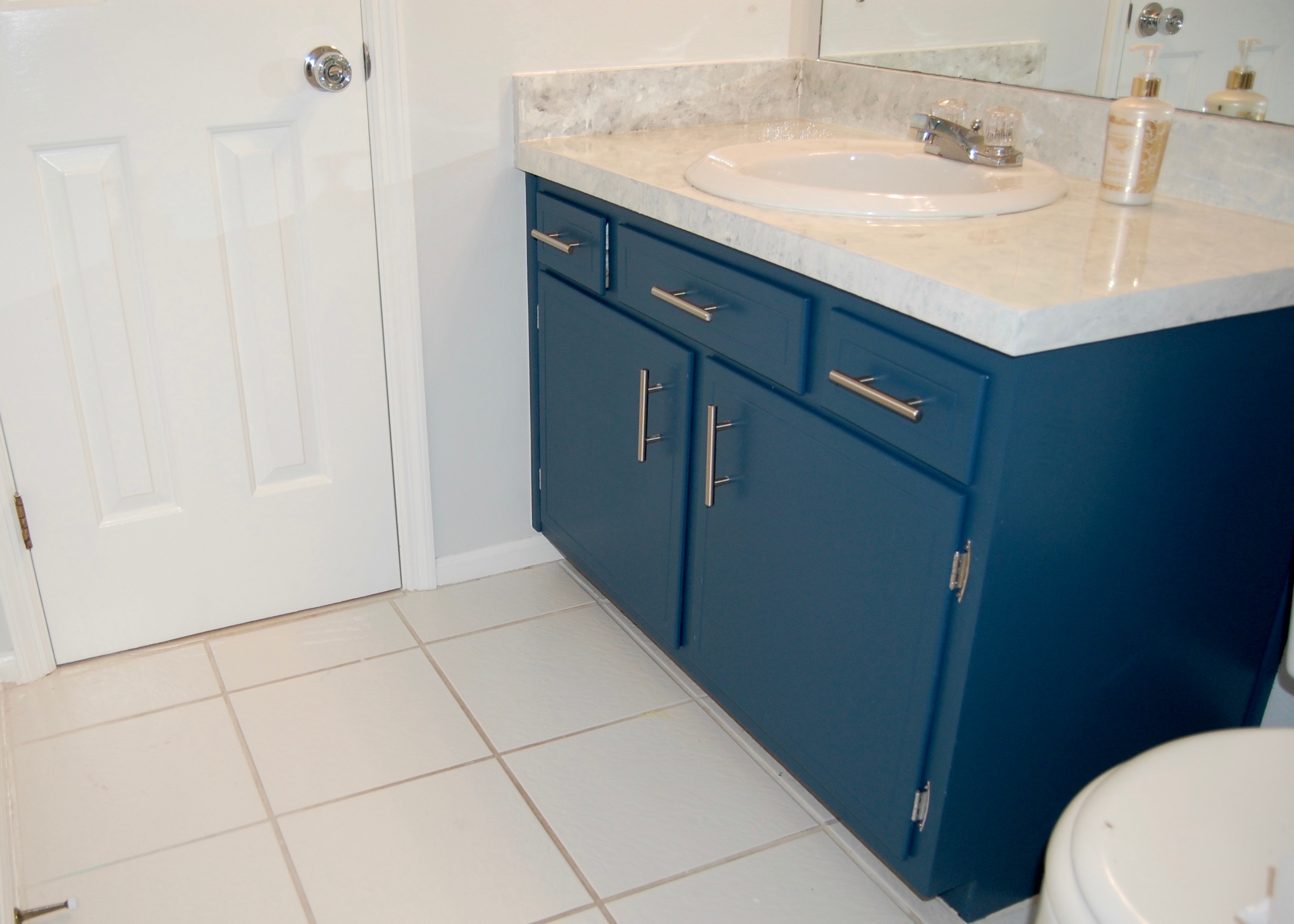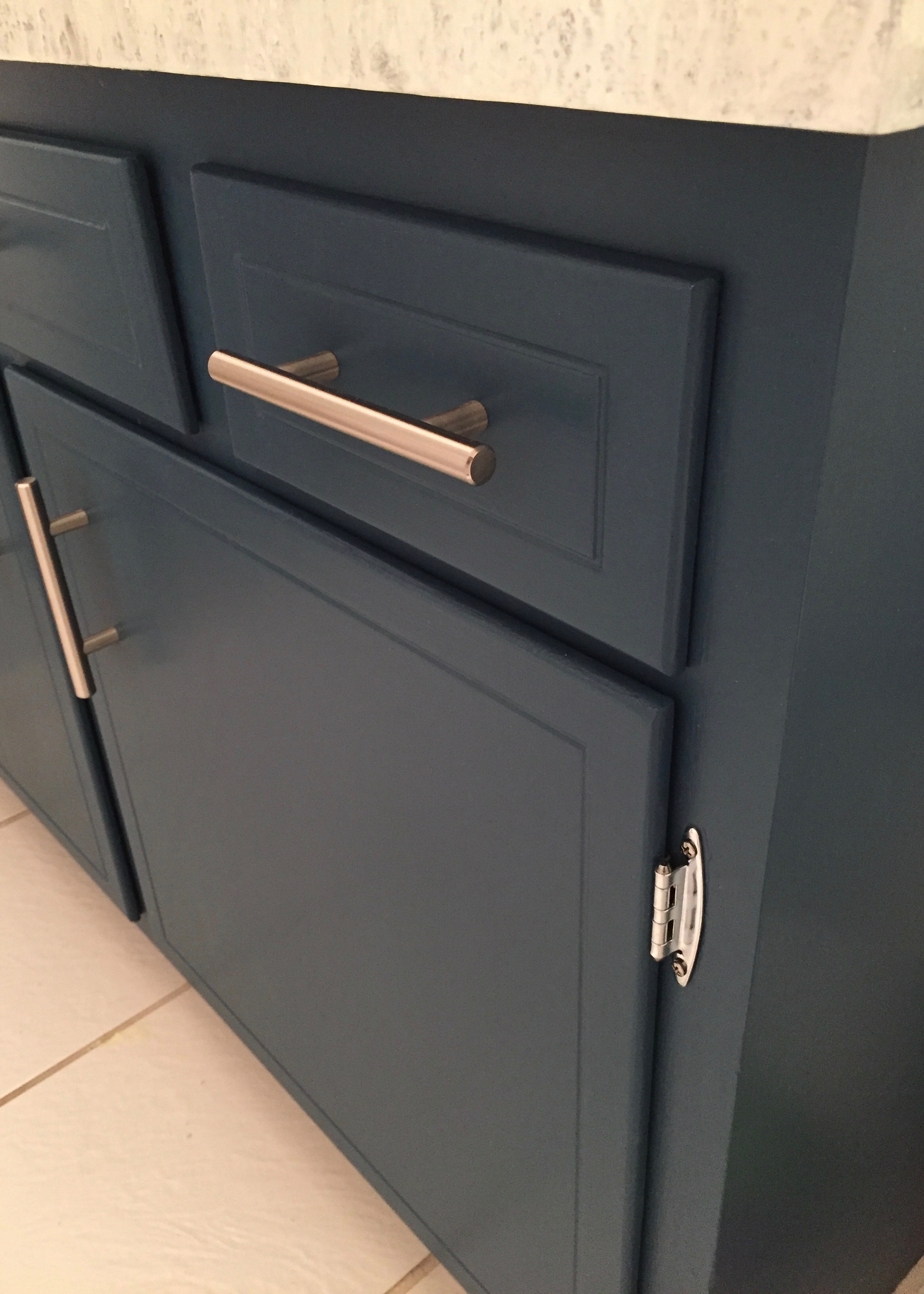3. Wide painters tape is better than narrow painter’s tape.
I used thin painters tape, and it was amazing, but because I had so much excess caulk some of the excess still ended up on my tile. Had I used wider tape I think all of the caulk would have stayed on the tape.
4. Keep a wet rag nearby.
If you can get a wet rag on errant caulk as soon as possible it cleans up pretty easily. Looking at my completed caulking job you would have no idea that wayward caulk got all over my bathtub.
5. A finger is a surprisingly good caulk applicator.
I saw a lot of different tools recommended to smooth the caulk out once it was applied, from specially designed professional implements to plastic spoons to ice. I just used my finger, and it turned out great. I was able to tell how much pressure should be applied, and my hands were able to catch the caulk that didn’t pile up on the tape.
6. Keep paper towels nearby – a lot of them.
All of the caulk that piled up in my hands (see #5) had to go somewhere. Many paper towels were needed to contain it all.
7. Work Quickly
While caulk is pretty fresh it is easy to manipulate, adjust, and correct. As soon as it gets a “skin” you might as well leave the mistake, because trying to correct things will just make them worse. The good news is that if you have all your supplies ready to go, caulking goes remarkably quickly. I went from applying the tape to pulling it back off in under 30 minutes.



